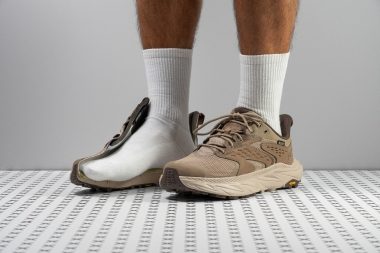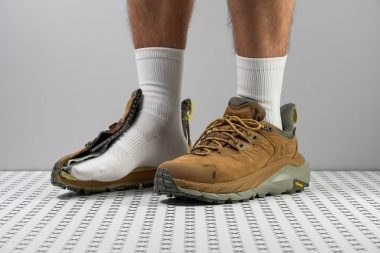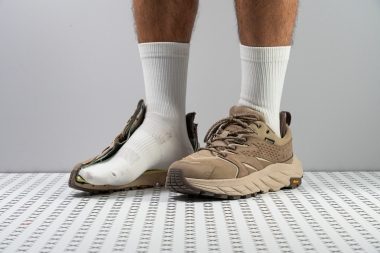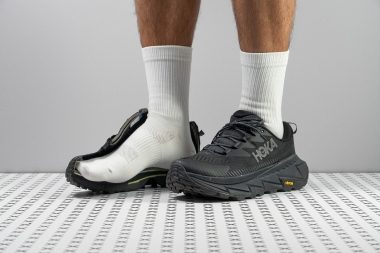HOKA hiking shoe reviews
4 shoes reviewed
We buy shoes ourselves. We earn commissions when you buy through us, at no extra cost. Why trust us
- 78Good$180 $144Save 20%
- 67Bad$220 $125Save 43%
- 82Good$301
- 80Good$175
Overall review lists
HOKA categories
For those who want to conquer the wilderness but need a trusted partner along the way, our Hoka hiking shoe reviews can help you find a pair that's solid from heel to tip. We test them in the lab so all the key info you need to know is laid out to you in a very digestible form. The Hoka hiking shoes we've reviewed can satisfy the eco-friendly, the low-cut lovers, and even those who frequently encounter water in their hikes.



